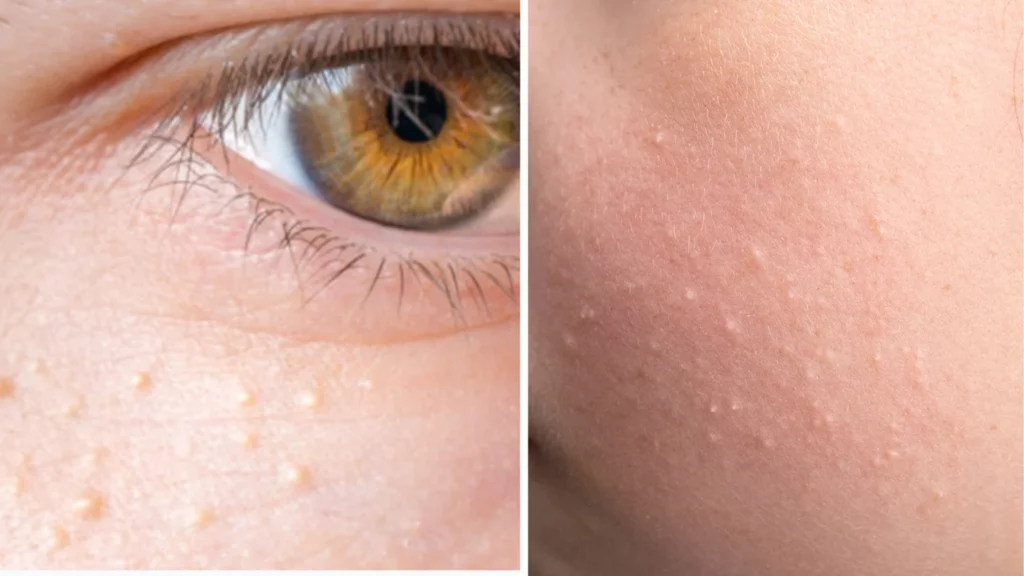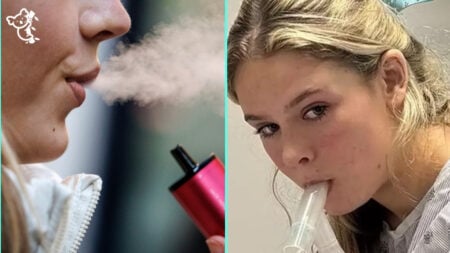Our skin, the largest organ of the human body, is constantly exposed to a variety of environmental substances, pollutants and products. Skin disorders are common in people of all ages and it’s no surprise.
Skin diseases such as psoriasis and eczema are caused by inflammation and many of us end up with all sorts of lumps and discolorations over time. But not all bumps on your skin are anything to worry about or need quick attention. For example, you may remember that you get milia more often than you think.
Perhaps you spotted these little white bumps on your face, on the chin, nose or cheeks. They might look like pimples you wish to pop, which is why you should know what they are and why it’s better to leave them alone.
What exactly is Milia?
Milia, or milium cysts, are small, firm white bumps that appear on the skin’s surface. These bumps are caused by trapped keratin, a protein in skin, hair and nails.
Milia, while most common in infants, is something more than half of newborns get as part of their skin’s learning process of exfoliation, and adults can also develop this harmless skin condition if the ducts beneath the skin become clogged from injuries, burns, or certain skincare products.
In fact, many people may have had milia as babies and not known it because the condition typically occurs then. It is possible to get these small bumps on any part of the body, but especially on the face, at any age.
Different Types of Milia
Milia can look identical but can also be in any number of different, individual forms depending on the cause. Having an idea of these variations can help to determine if therapy is needed or if the illness should naturally heal itself.
Neonatal Milia
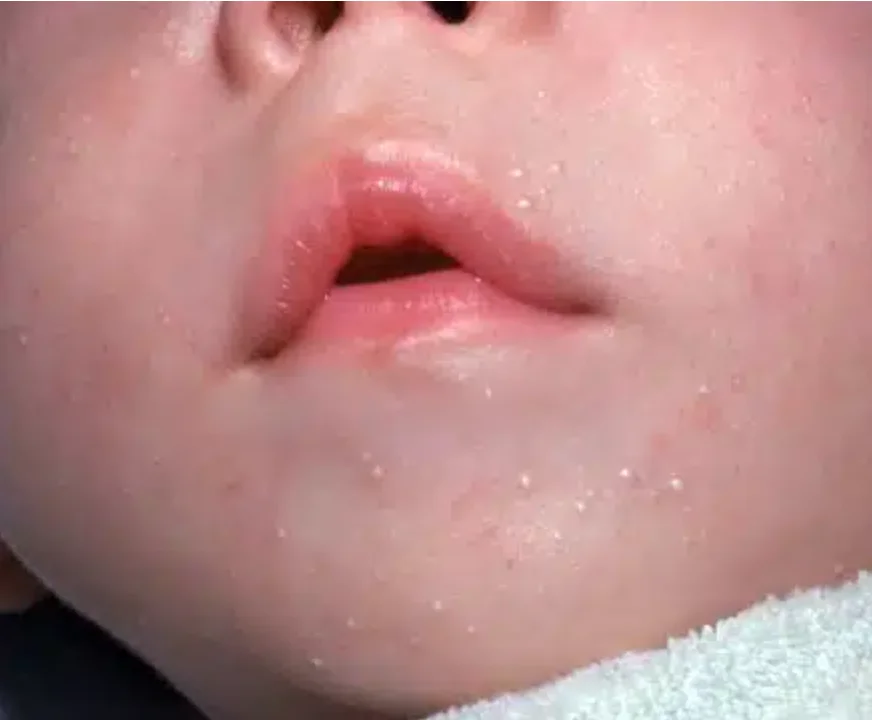
This form is found in newborn babies on their face, scalp or upper torso. About 40 percent of kids develop milia in the first few weeks after birth, and Seattle Children’s Hospital says the good news is that it often goes away in a few weeks.
Juvenile Milia
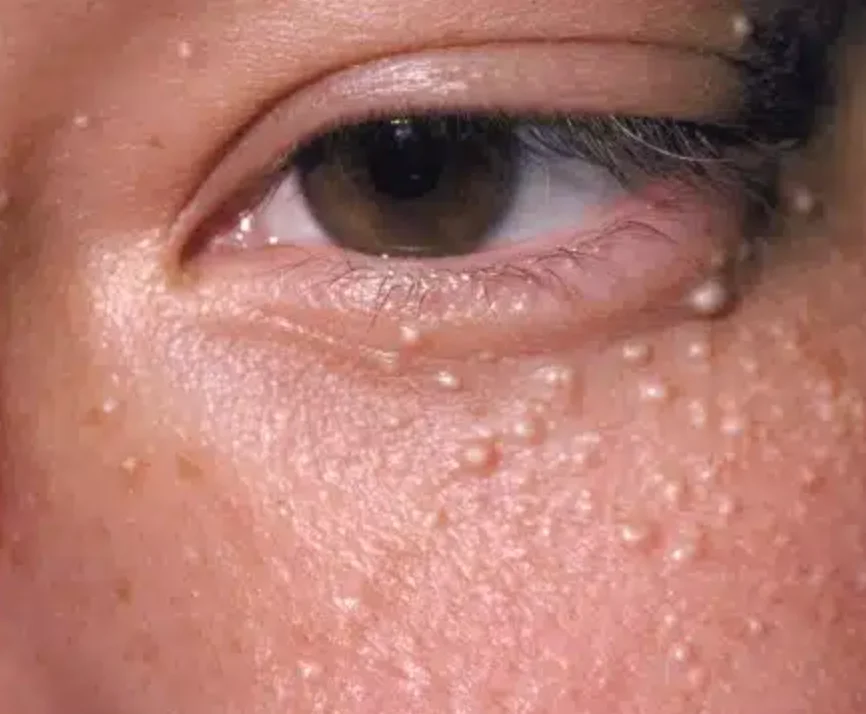
These are less common, but more problematic because they occur more commonly in association with rare genetic conditions such as Nevoid Basal Cell Carcinoma Syndrome (NBCCS) and Gardner’s syndrome.
Several bumps arise early in childhood and are linked with multiple genetic diseases, and may therefore require more research.
Milia en Plaque
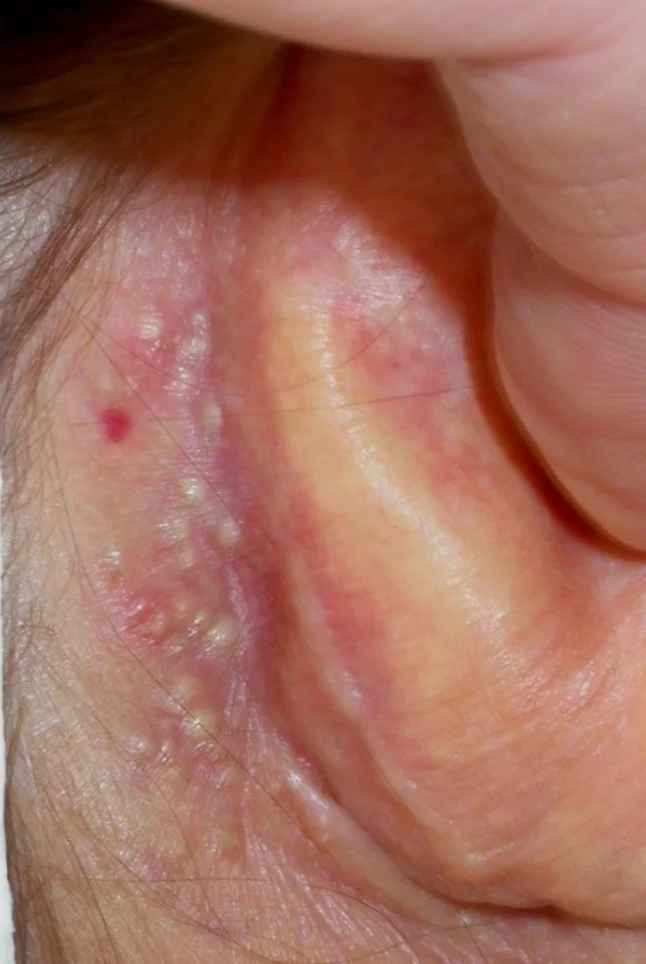
It occurs most commonly in middle aged women but can affect anyone of any age or gender. Autoimmune or genetic disorders (discoid lupus, lichen planus) are frequently associated with it.
Milia en plaque occurs on the eyelids, ears and jawline and, accordingly, therapy must be approached more cautiously, especially if underlying problems are present.
Primary Milia
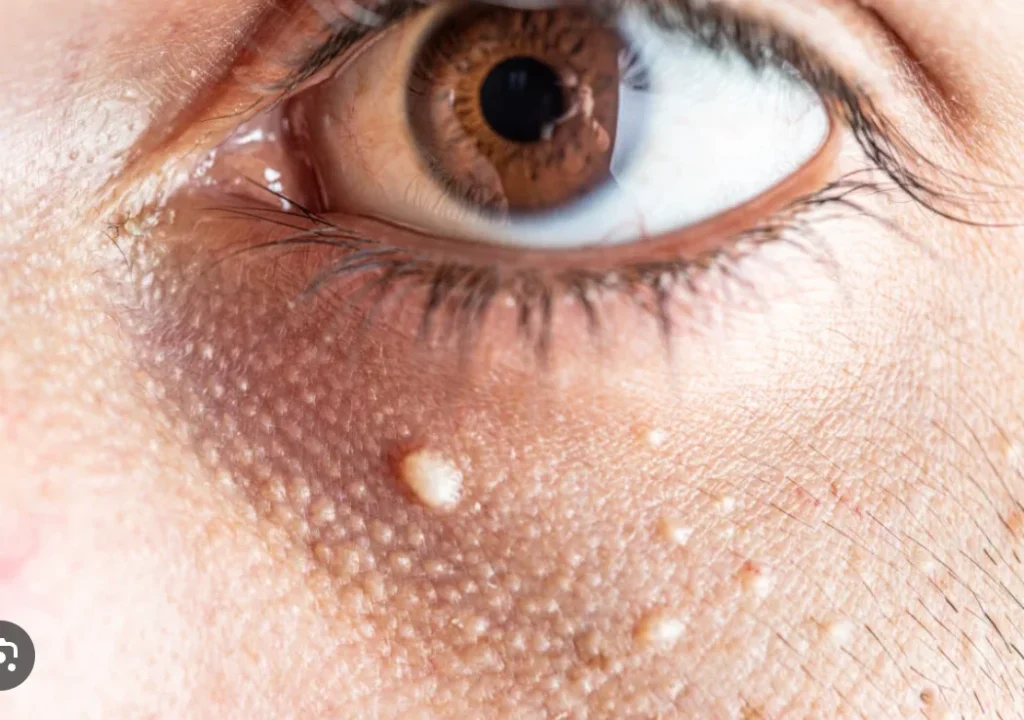
Milia in older children and adults (primary milia) occur on the eyelids, forehead, or genital area. Although these cysts tend to hang around for a few weeks or even months, they can disappear on their own.
Traumatic Milia
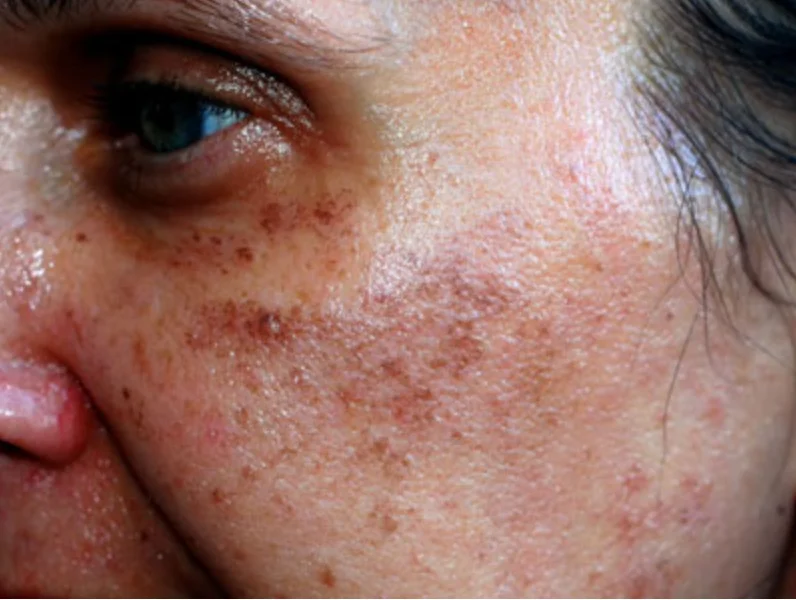
This is a type of milia which develops in response to skin trauma such as burns, rashes or exposure to sunlight.
Cysts can get irritated, and often appear red around the edges with white in the middle. Most traumatic milia are harmless and cause no pain, but they can be painful. They will usually disappear without medical treatment.
How is Milia Diagnosed?
If you’ve noticed little white spots on your skin and think it’s milia, you should see a dermatologist to make sure. Luckily, milia can be seen with the naked eye and in most cases is not necessary to have them tested.
Milia are usually detected by dermatologists with a simple skin inspection, but in rare cases, a skin biopsy is needed to rule out other disorders.
If you aren’t sure whether you have milia or some other skin problem, having a professional look at your skin will help you be sure and give you some idea of what your next step should be if you want to control or treat the illness.
Should You Remove Milia?
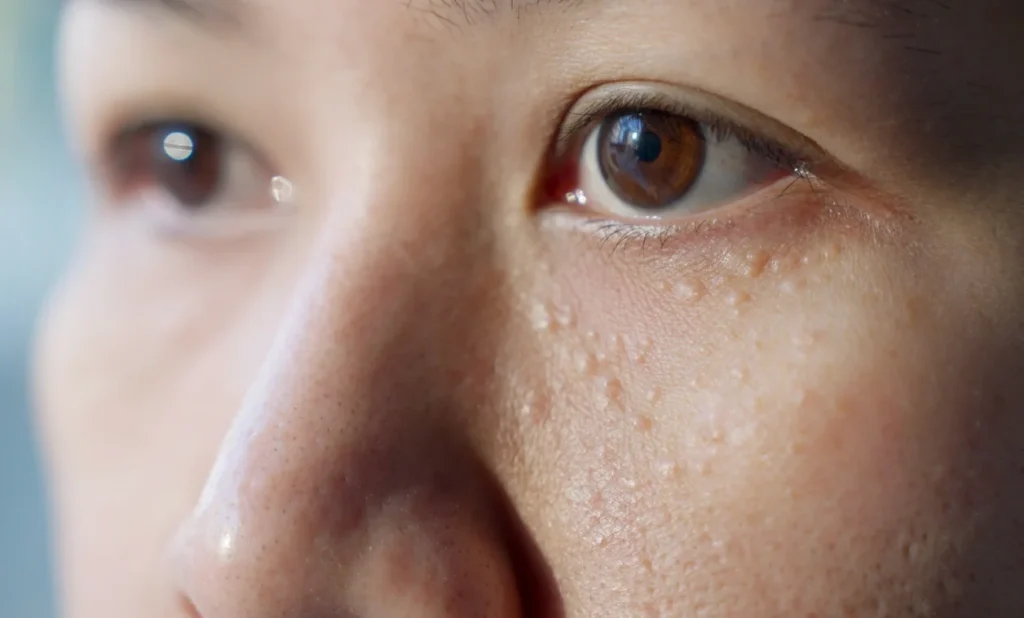
And that is where things get interesting. These little cysts can be tempting for many people to pluck, pop, or squeeze, confusing them for whiteheads or pimples.
Unlike acne, however, milia don’t have an opening on the surface of the skin, so they won’t respond to standard extraction treatments. In truth, trying to remove them yourself can actually irritate them more and do more damage.
If you see these pimples, just leave them alone.
Newborn milia usually disappear on their own as the baby’s skin matures in a few weeks.
Most bumps in older children and adults go away on their own, but some people may decide to treat their bumps for cosmetic reasons or if they’re bothering them.
Milia’s Treatment Options
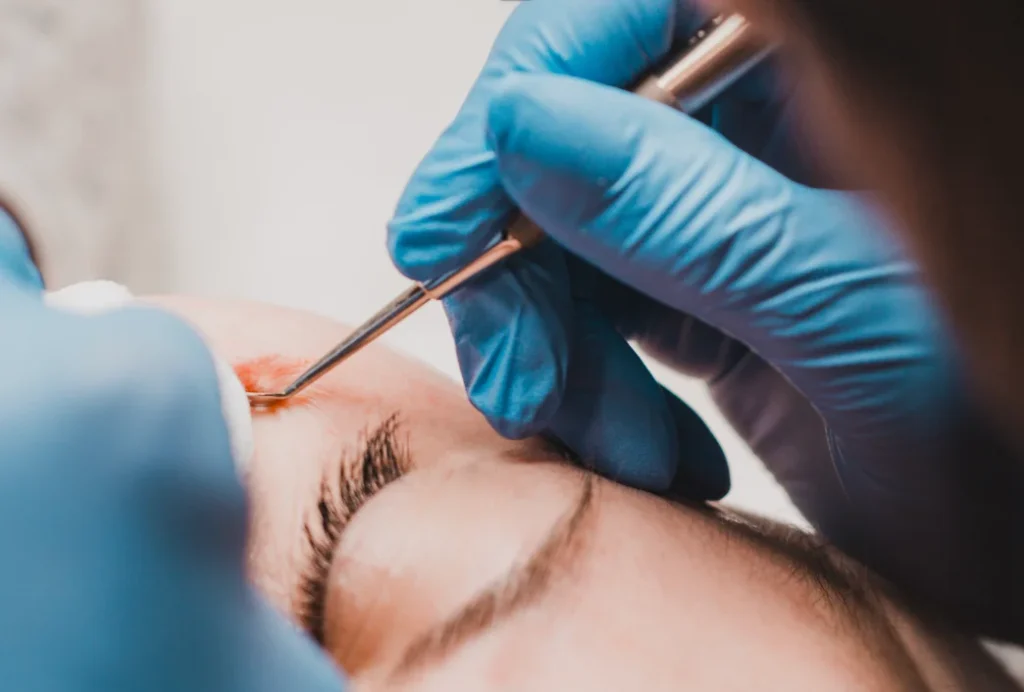
If you don’t want to wait for the milia to disappear or the bumps are bothersome, there are many treatments. Dermatologists use a variety of procedures to safely eliminate milia, each tailored to specific conditions and preferences:
Cryotherapy: The milia is frozen with liquid nitrogen. This is one of the most commonly carried out removal procedure.
Deroofing: A sterile needle gently removes the contents of the cyst to remove the hump.
Topical Retinoids: Vitamin A is in these lotions and exfoliation is encouraged, which causes the skin to shed naturally quicker.
Chemical peels: It involves using a chemical solution, applied to the skin, to remove the top layer of skin and stimulate the growth of a new layer of skin which is smoother.
Laser Ablation: A tiny laser is used to break up milia cysts without damaging the surrounding skin.
Diathermy: In more severe cases, we destroy the cysts with extreme heat.
Curettage destruction: The scraping away of the cysts and the cauterizing of the area are a surgical treatment.
Some people have tried weird things, like using a paper clip to remove hair. However, we recommend strongly against doing this at home; it is a treatment best left to the professionals.
Can You Prevent Milia?
Milia are not harmful but they can be annoying to get rid of if you get them frequently. Fortunately, a few lifestyle and skincare adjustments can help lessen the likelihood of acquiring these unpleasant bumps:
Use Sunscreen: Milia are often linked to skin damage, so using sunscreen every day can help to keep your skin safe from harmful UV rays and further damage.
Avoid Using Heavy Skincare Products: Some milia can be caused by thick creams, ointments, and even some makeup products. Lighter, non-comedogenic cosmetics might be the answer to clear skin.
Exfoliate on a regular basis: Though it may be impossible to exfoliate a babies skin because of their fragile pores, adults should keep exfoliation as part of their skincare routine. Maintaining the skin clean and free from dead cells can lower the chance of you getting milia, but if it occurs, it is possible to get rid of them.
The Final Word: Do Not Panic, Milia Are Harmless.
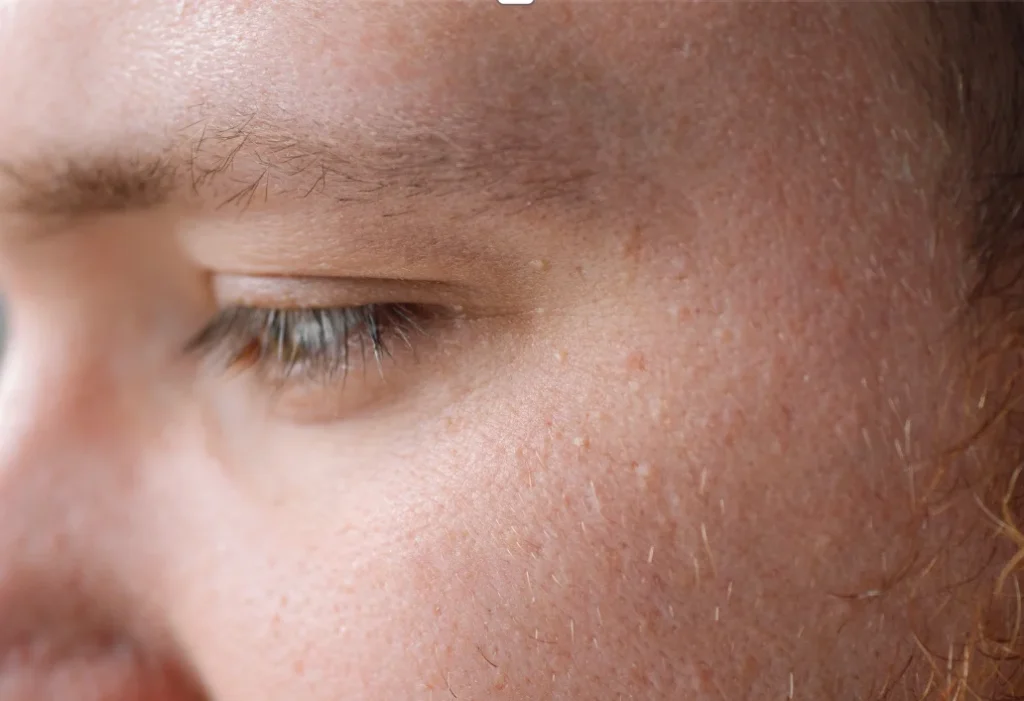
They are a harmless condition. Although not attractive, they are not harmful, and will go away on their own.
Dermatologists are able to give clients who are worried about the way they look safe and effective treatments. Still, you have to make sure not to take things into your own hands. Don’t give in to the urge to pop or squeeze these bumps because it could wind up doing more damage than good.
Don’t worry, these tiny white bumps usually go away on their own. If you are interested in exploring treatment options, a simple consultation with a skin professional will give you all the information you need.


